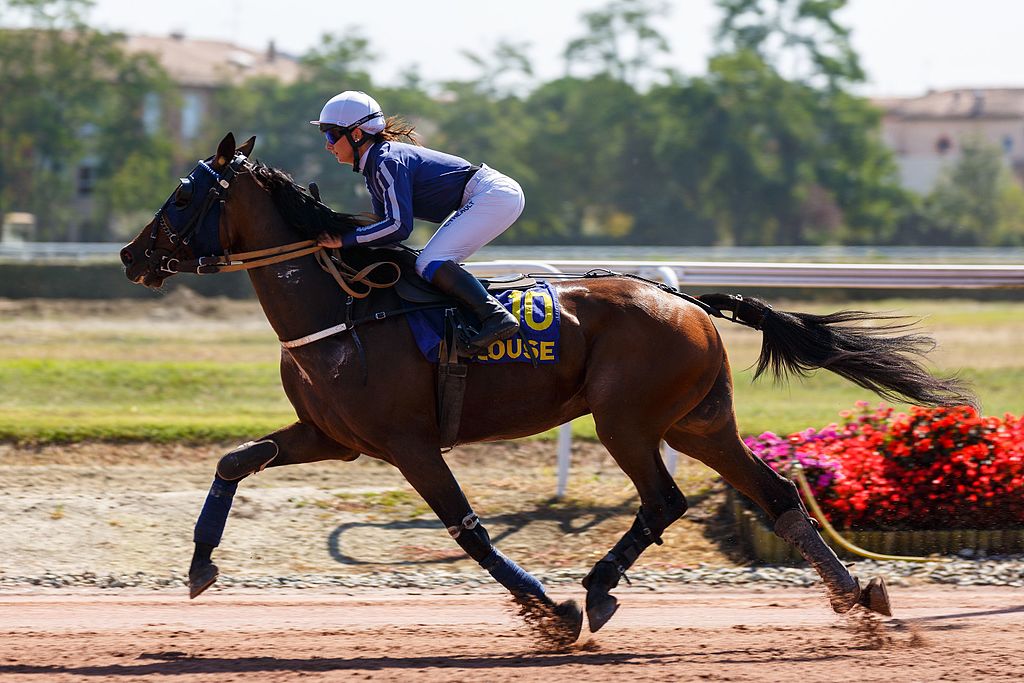The French Trotter horse
By the end of the 18th century, Russia had created the famous Orloff Trotter. The Marquis de Croix, a breeder from Normandy, appreciated it at the coronation of Nicolas I in 1825. From the Norman broodmare band, which included various local breeds crossed with English Trotter Norfolk Roadsters and Hackneys, Thoroughbred, Trotter d’Orloff and American Trotter blood was infused to refine the carriage-type model and increase its speed. Trotting races, which began in France at Cherbourg in September 1836, became increasingly popular.

The French Society of Racing Trotters was founded in Caen in 1864. After 1850, the breed’s leading bloodlines were Conquérant and Normand, sons of the English half-blood Young Rettler; Phaëton, son of a Thoroughbred; and around 1930, descendants of Hambletonian 10, the famous American Trotter born in 1849. The French Herd Book of Trotting Horses was opened in 1906 and closed in 1937.
Since 1962, the French Trotter has had a large training center on the Grosbois estate in Val-de-Marne.
Caractère et aptitudes du cheval
A strong character, sometimes difficult, very courageous, this horse is very resistant and robust. Its action is high-powered.
Utilisations du cheval
Mainly harnessed trotting (American Prize, for example), mounted trotting (Prix de Cornulier). As a versatile saddle horse, and for those who have not distinguished themselves in racing, it is appreciated in show jumping and driving competitions.
Morphologie du cheval
Thanks to its Norman ancestry, this horse has retained its frame and width, but is increasingly close to the blood. Head straight or slightly arched. Broad forehead. Wide nostrils. Long, wide-set ears. Compact, powerful body. Extended, muscular neck. Prominent withers. Sloping shoulders. Prominent sternum. Broad, strong, straight back. Muscular hindquarters. Long, broad croup. Deep buttocks. Limbs long, very hard. Muscular forearms. Rather short cannons. Low hocks. Wide hooves. Coat: bay, chestnut, gray, auber. Height: 1.58 to 1.70 m.


